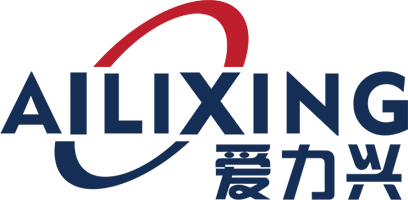How to choose a fully automatic tissue packaging production line?
How to choose a fully automatic tissue packaging production line?
In the increasingly competitive tissue market, fully automatic tissue packaging production lines have become essential equipment to improve efficiency and reduce costs. However, facing many equipment suppliers on the market, how to choose the most suitable production line? This article will start from 7 key indicators to help you make a wise decision.
1. Packaging speed (PPM: packs/minute)
✅ Core indicators: determine overall production efficiency
- Low-speed line: 80-150 packs/minute (suitable for small manufacturers)
- Medium-speed line: 150-300 packs/minute (mainstream choice)
- High-speed line: 300-500 packs/minute (applicable to large enterprises)
📌 Purchase suggestions:
- Calculate current demand and reserve 20% growth space
- Pay attention to the stability of the equipment to avoid high failure rate during high-speed operation
2. Degree of automation
The fully automatic tissue packaging production line should have the following functions:
✔ Automatic loading (reduce manual intervention)
✔ Visual inspection (automatically remove defective products)
✔ Intelligent counting (precisely control the number of each package)
✔ Automatic film change (reduce downtime)
📌 Comparison items:
| Semi-automatic | Fully automatic |
| Manual placement required | Unmanned operation throughout the process |
| Low cost | High investment but quick return |
3. Compatibility (applicable tissue types)
Different tissue products require different packaging solutions:
- Facial tissue (C/Z folded packaging)
- Roll paper (single roll/multi-roll combination packaging)
- Napkins (stacked packaging)
📌 Key questions:
- Does the equipment support fast changeover?
- Can molds/fixtures be customized to accommodate different sizes?
4. Packaging material adaptability
The production line should support a variety of packaging materials:
- Films: OPP, CPP, PE (commonly used)
- Environmentally friendly materials: degradable PLA, paper-plastic composite film (trend)
5. Energy consumption and operating costs
📊 Cost comparison table:
| Equipment type | Power consumption (kW/h) | Labor requirements | Maintenance cost |
| Semi-automatic | 5-10 | 2-3 people | Lower |
| Fully automatic | 15-30 | 0.5 people | Higher (but low failure rate) |
💡 Energy-saving design:
- Servo motor vs traditional motor (energy saving 30%+)
- Intelligent adjustment of heat sealing temperature (reduce energy waste)
6. Equipment stability and after-sales support
⚠ Frequently asked questions:
- Mechanical jamming, film material offset, inaccurate counting
- Does the supplier provide **24-hour technical support**?
- What is the brand of key components (such as PLC, servo system)?
📌 Evaluation method:
✅ Investigate the industry reputation of the supplier
✅ Request a test video or factory on-site inspection
7. Return on investment (ROI
📈 Calculation formula:
ROI (month) = (labor savings + efficiency improvement benefits) / equipment cost
Case reference:
After a tissue factory upgraded to a fully automatic production line:
- Labor costs reduced by 70% (originally 6 people → now only 2 people)
- Production capacity increased by 200% (from 100 packs/minute → 300 packs/minute)
- 10-14 months to recover the investment
Conclusion: How to choose the best solution?
1️⃣ Clarify the needs (speed, degree of automation, product type)
2️⃣ Compare 3-5 suppliers (technical parameters + after-sales support)
3️⃣ On-site inspection (test machine + customer case verification)
📢 Take action now:
👉 [Get a free tissue packaging production line selection guide]
👉 [Make an appointment with an engineer for 1-on-1 consultation]






